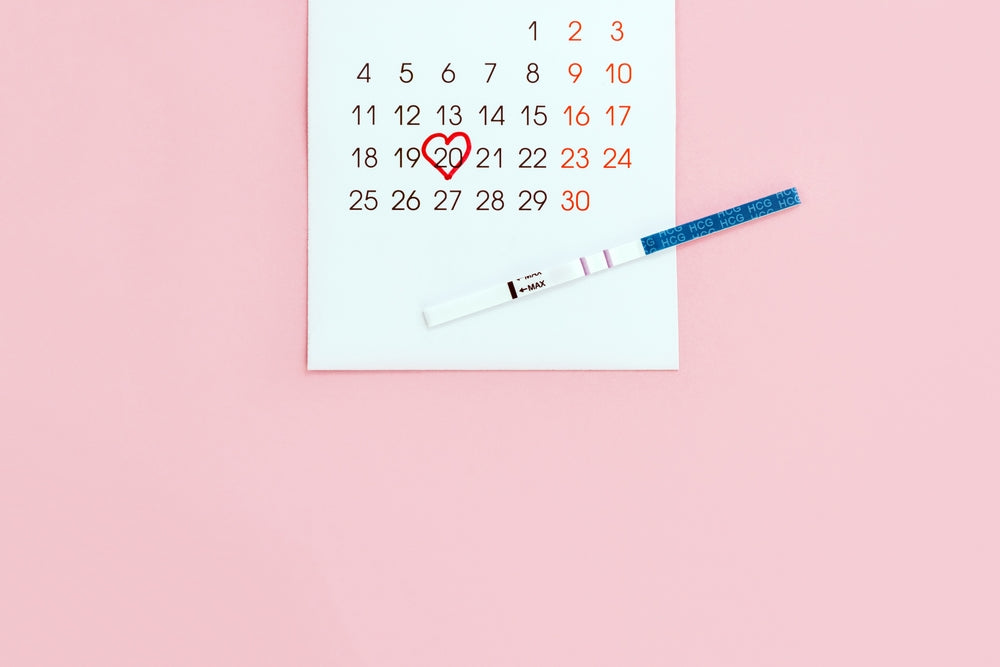While testing for luteinizing hormone (LH) surge every day increases the likelihood of detecting the surge, it is still possible to miss the surge due to several factors:
- Timing of testing: LH surges often occur in the morning or early afternoon. Testing at other times of the day might result in a missed surge.
- Rapid LH surge: The LH surge can be short-lived, and if you test infrequently, you might miss the peak. Some women experience a rapid surge that may not be detected if testing is not done at the right time.
- Variability in menstrual cycles: Irregular menstrual cycles or variations in cycle length can make it challenging to predict the exact timing of ovulation. Testing every day increases your chances of catching the surge, but it's not foolproof.
- Dehydration: Inadequate hydration can affect the concentration of LH in urine, potentially leading to false positives.
- Over hydration may dilute the urine sample too much leading to a false negative.
- Testing too early or too late in the cycle: Starting to use the ovulation tests too early in the menstrual cycle and stopping too early may result in missing the LH surge. This can be a particular problem for those with irregular menstrual cycles, where knowing when to start testing can be challenging.
To maximize the chances of detecting the LH surge, it's advisable to follow the instructions provided with the ovulation test kit, test at the same time each day, and continue testing until the surge is confirmed or the fertile window has passed. Some women may also benefit from testing multiple times a day if they have a history of rapid LH surges.
If you consistently have difficulty detecting the LH surge or if you have irregular cycles, it may be helpful to consult with a healthcare professional for personalized advice and guidance on tracking ovulation. Additionally, considering other signs of fertility, such as changes in cervical mucus or basal body temperature, can complement the information obtained from ovulation tests.

